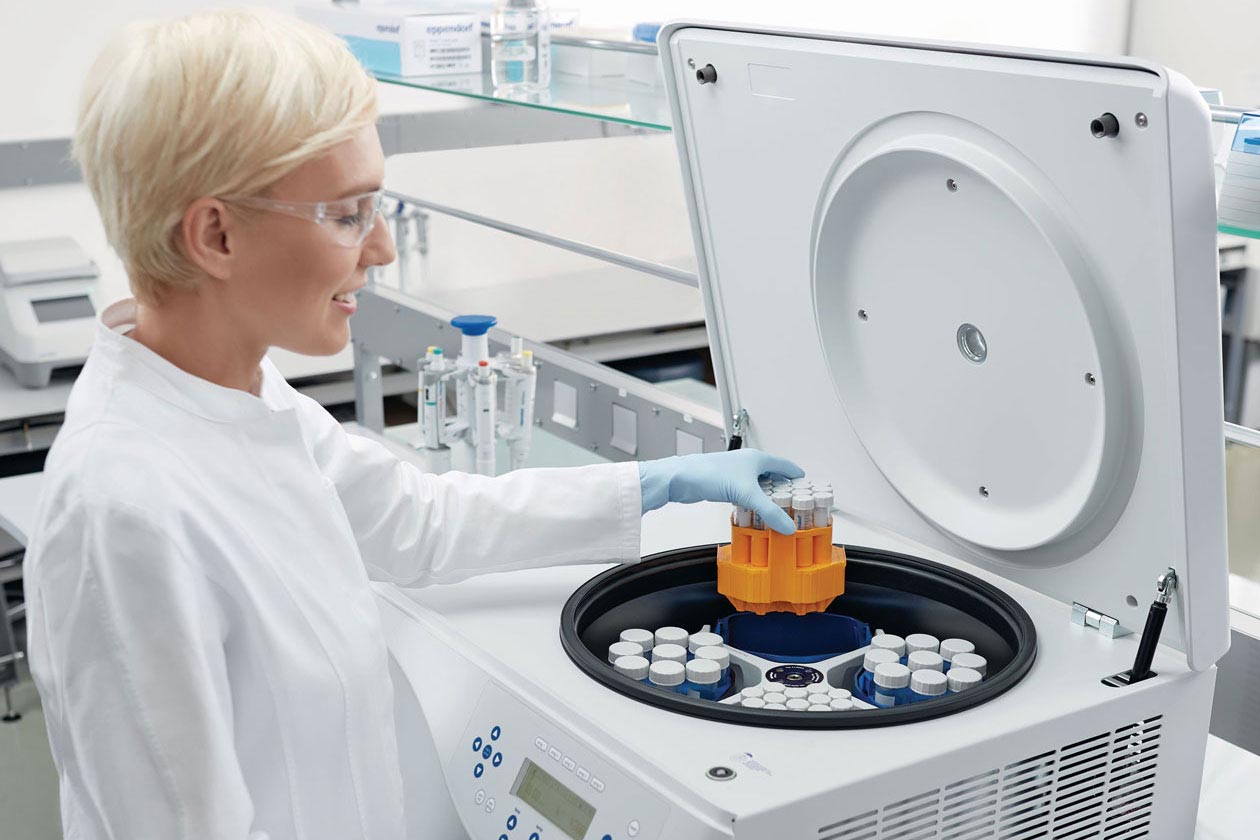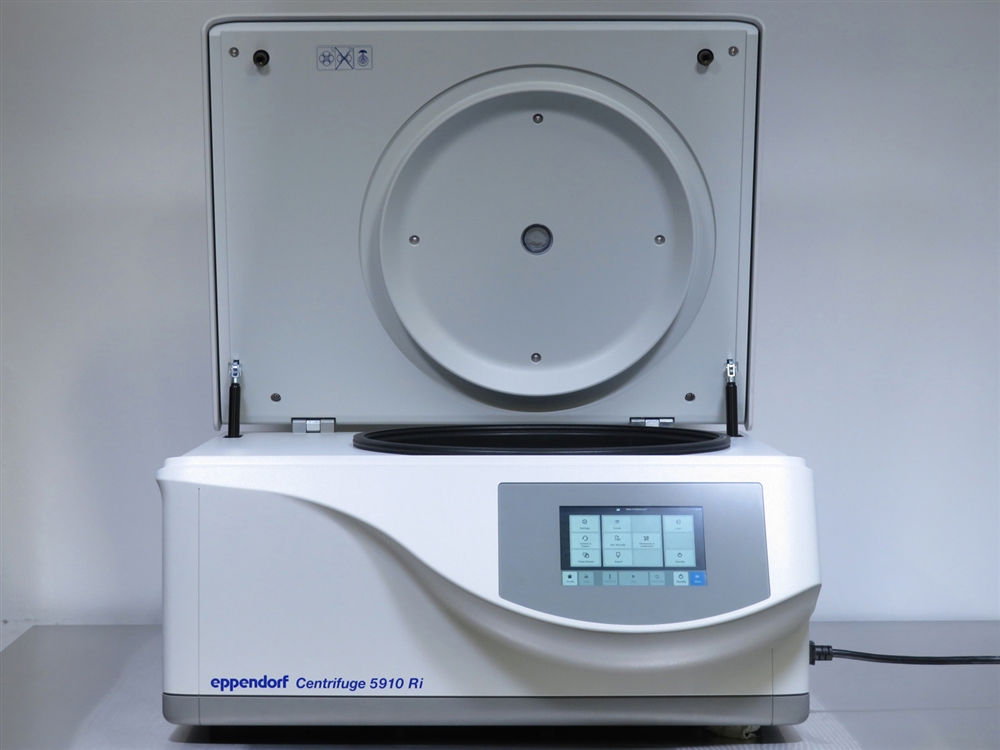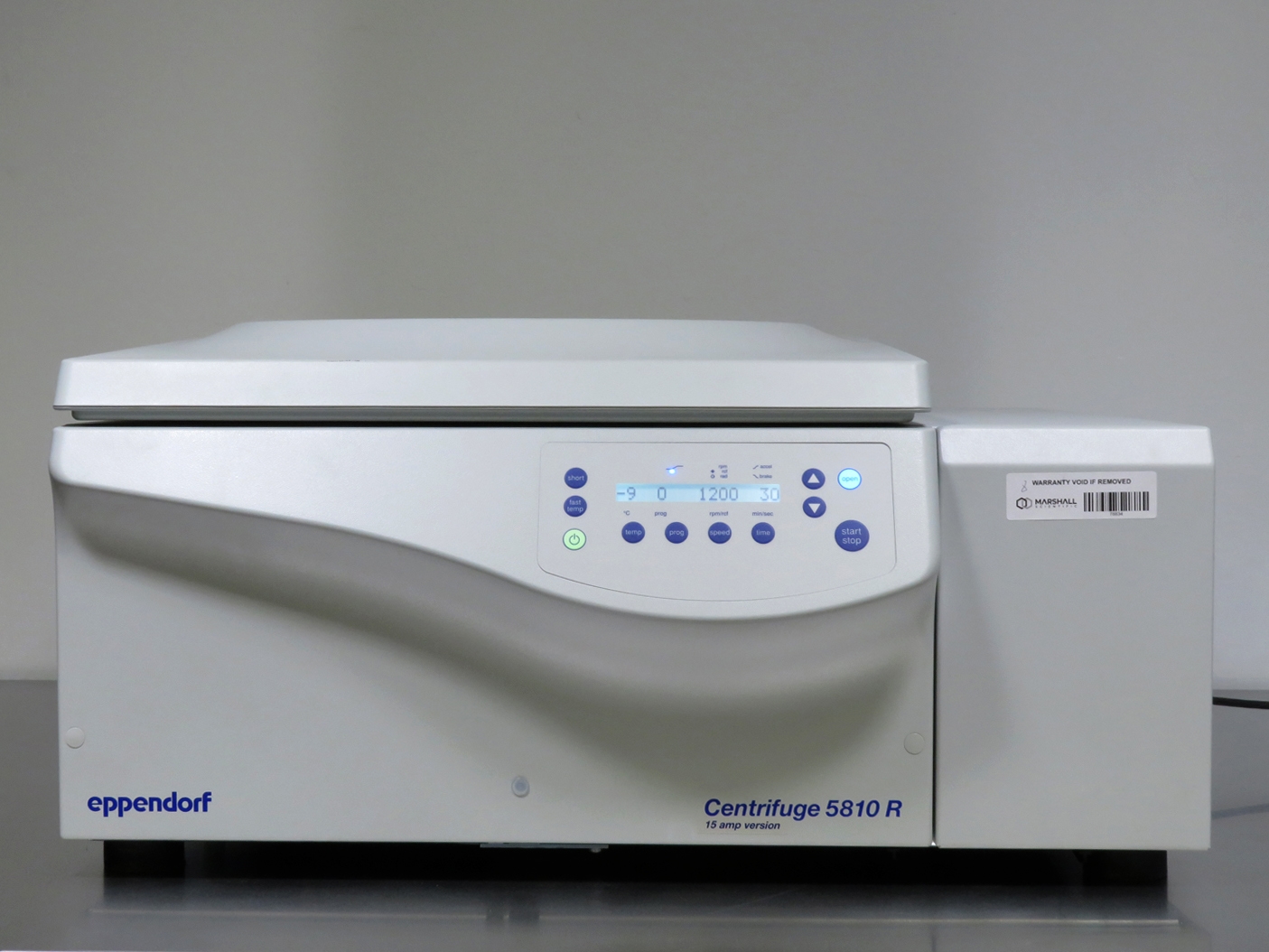
The Science Behind Eppendorf Centrifuges: Understanding Centrifugal Force
In the dynamic world of scientific research, the quest for precision and reliability is unending. Among the myriad of tools and technologies scientists rely on, Eppendorf centrifuges stand out for their unmatched efficiency and cutting-edge design. These centrifuges leverage the fundamental principle of centrifugal force to perform the critical task of separating components within liquid samples based on density. This exploration delves deep into the science that propels these centrifuges, highlighting how centrifugal force is ingeniously utilized in their operation and the significant impact they have on advancing scientific research.
Unpacking Centrifugal Force
At the heart of every Eppendorf centrifuge is the principle of centrifugal force. Often misunderstood as a real force, centrifugal force is actually a perceived force that acts outward on a body moving in a circular path, away from the center of rotation. This force is a result of the inertia of the object, which resists any change in its state of motion. In the context of centrifugation, as the rotor of the centrifuge spins, it creates a centrifugal force that acts on the samples, causing denser components to migrate outward to the rotor's periphery, while less dense components remain closer to the axis.
Eppendorf Centrifuges at Work
Eppendorf centrifuges are meticulously engineered to harness centrifugal force effectively. By achieving rotational speeds that can translate into forces many times greater than gravity, these devices are capable of separating substances within a mixture with astonishing precision. The application of this force facilitates the separation of cellular components, the purification of DNA, RNA, and proteins, and much more.
For instance, the 5910 Ri Refrigerated Centrifuge by Eppendorf, renowned for its robust performance, can attain a maximum speed of 14,000 RPM, which translates to a centrifugal force of 22,132 x g. This immense force is pivotal for executing rapid and accurate separations, a necessity in numerous research protocols that demand both speed and precision.
Technological Excellence
Eppendorf centrifuges are not only about high-speed rotations and forces; they are also about integrating technology for enhanced performance and user experience. Features such as the FastTemp pro allow users to program the centrifuge for automatic precooling, ensuring samples are kept at optimal conditions. The ECO shutoff function is another noteworthy feature, emphasizing Eppendorf's commitment to energy efficiency by reducing power consumption after periods of inactivity.
Adaptability is another hallmark of Eppendorf centrifuges, underscored by their compatibility with a vast array of rotors and adapters. This versatility ensures that whether the task involves microplates, cryogenic tubes, or any other type of sample container, there is an Eppendorf centrifuge setup tailored to meet those specific requirements.
In addition to technological prowess and adaptability, Eppendorf centrifuges also prioritize safety, incorporating several features designed to protect both the user and the samples. These safety measures include automatic lid locking mechanisms to prevent accidental opening during operation, imbalance detection systems that halt operation in the event of uneven load distribution, and aerosol-tight caps to minimize the risk of exposure to hazardous substances. Such considerations reflect Eppendorf’s dedication to creating a secure working environment, ensuring that users can conduct their experiments with confidence in the safety and integrity of both their samples and themselves.
Revolutionary Impact on Research
The influence of Eppendorf centrifuges on the landscape of scientific research is monumental. By streamlining the process of sample preparation and purification, these devices have become indispensable in laboratories worldwide. They are pivotal in a variety of research domains, from molecular biology and biochemistry to clinical diagnostics and environmental science.
Moreover, the reliability and precision of Eppendorf centrifuges significantly enhance the reproducibility of research findings. This consistency is crucial in scientific experiments, where the validity of results often hinges on the ability to replicate procedures under identical conditions.
A Look to the Future
As we venture further into the unknown, pushing the boundaries of human knowledge, the role of tools like Eppendorf centrifuges in facilitating this journey becomes increasingly vital. With ongoing advancements in centrifugation technology, these devices are set to become even more efficient, versatile, and indispensable to the scientific community.
Conclusion
The science behind Eppendorf centrifuges and the application of centrifugal force exemplify the intersection of physics and biology, where fundamental principles are applied to solve complex biological problems. The sophistication and reliability of these centrifuges not only make a wide array of scientific investigations possible but also significantly enhance the efficiency and sustainability of research endeavors. As we continue to explore and understand the natural world, Eppendorf centrifuges will undoubtedly play a pivotal role in uncovering the mysteries of life, one centrifugation at a time. Through understanding the intricacies of centrifugal force and the technology that harnesses it, we gain not just insight into a physical phenomenon, but a deeper appreciation for the tools that empower scientific discovery.






